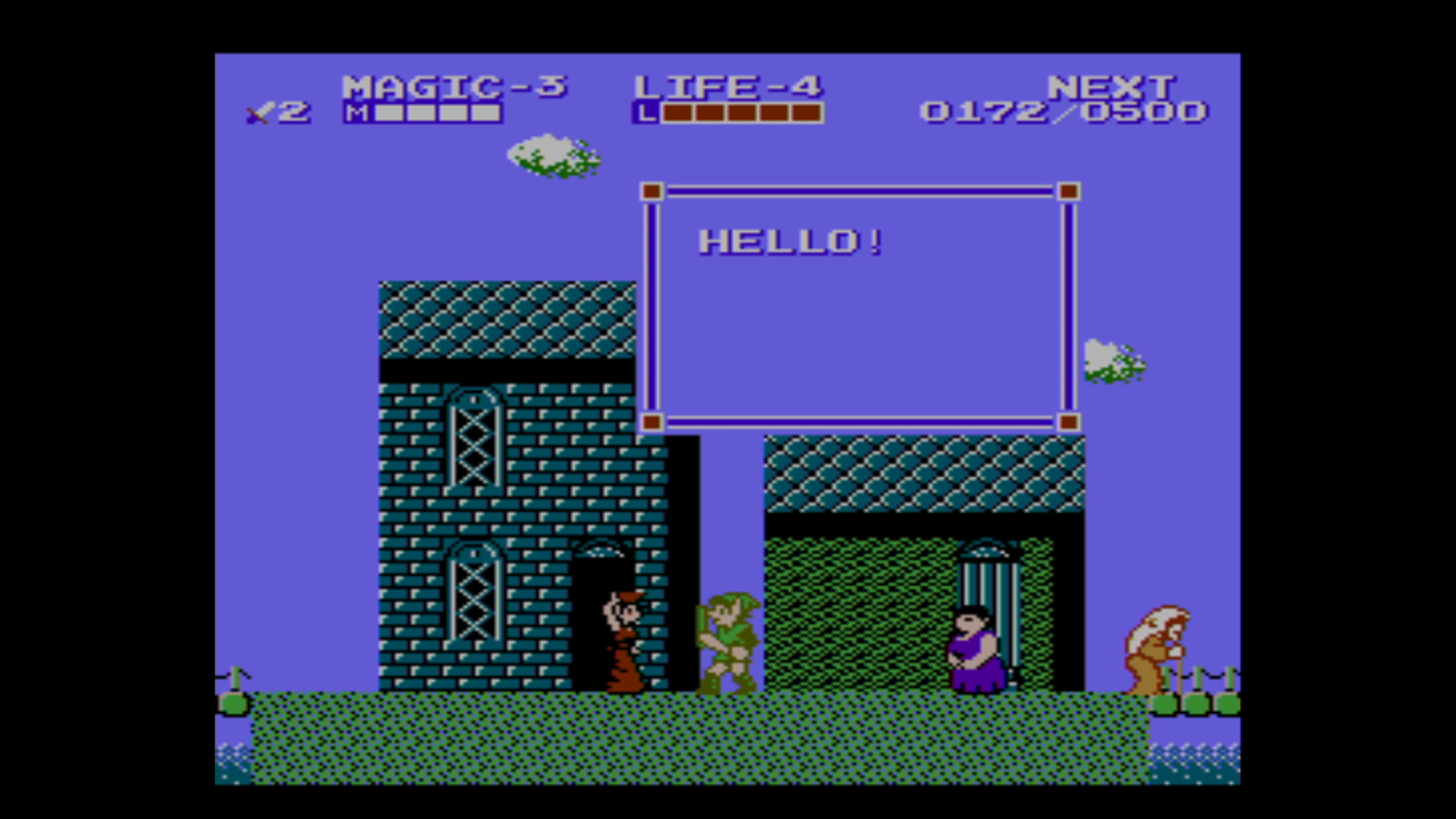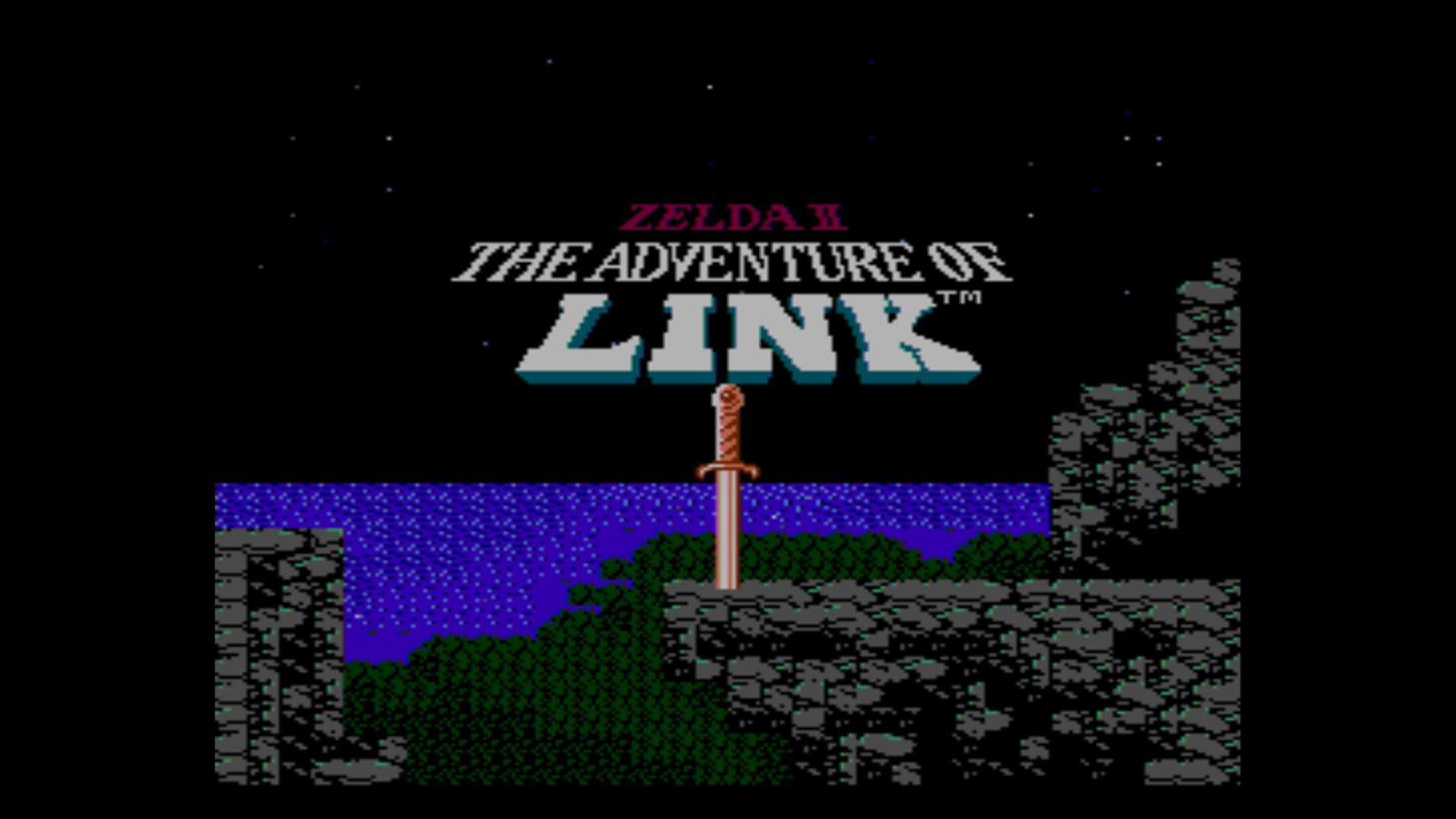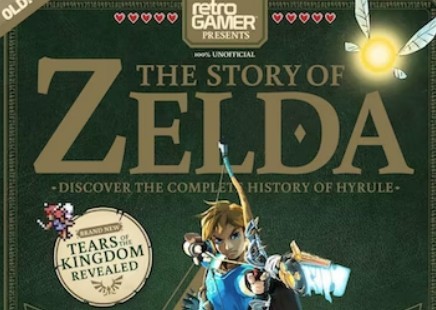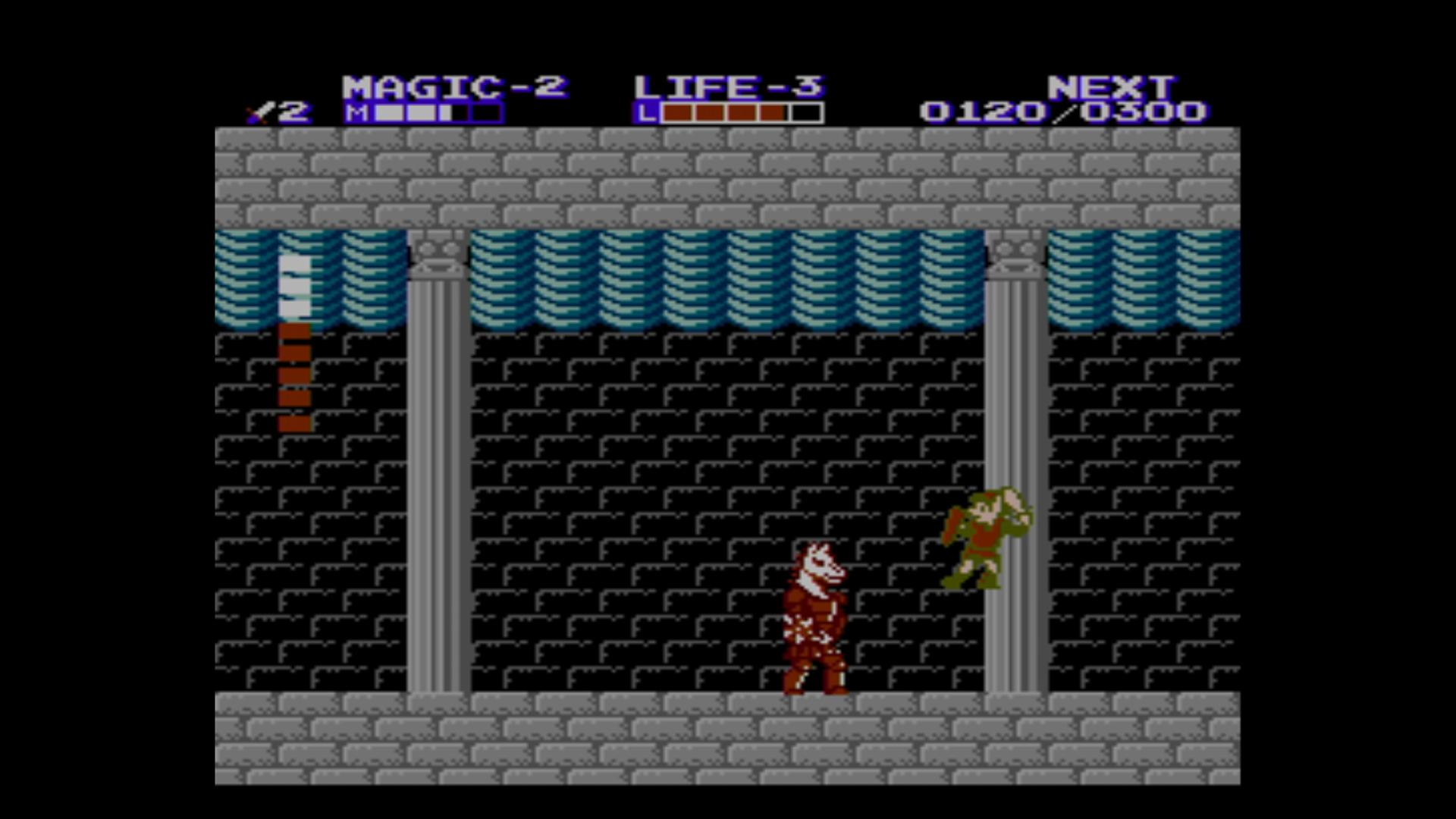
Quick pop quiz: until Breath Of The Wild arrived, which Legend Of Zelda game boasted the largest explorable world of all? Twilight Princess? Wind Waker? Ocarina Of Time? No, no and thrice no. It might be a little-known (and quite astonishing) fact, but that honour belongs to the NES;s Zelda II: The Adventure Of Link. Despite the technical progress made over the years, no other instalment pieced together a land of Zelda 2's scale until 2017's Breath Of The Wild.
Sprawled across five islands, this version of Hyrule takes in sights ranging from mountains to deserts, from caves to forests, and from water palaces to winding rocky labyrinths. They all exist side-by-side on a gargantuan continent that makes The Ocarina Of Time's overworld look like a bonsai garden. But if this is so, then why is The Adventure Of Link often considered the black sheep of the Zelda family?
It's not because it isn't any good. As it happens, Zelda 2 is very good. The answer, simply put, is that this sequel plays quite unlike any other Zelda game there has ever been, or likely ever will be again. And that can put off many Zelda enthusiasts before they get the chance to discover this epic 8-bit iteration of Hyrule has a charm all of its own.
A different view


The most notable difference between this and the other Zelda games is the shift in perspective. Although the overworld is, once again, presented from a top-down perspective, this section of the game exists solely to allow Link to travel between points of interest on the map, much like in Square's early Final Fantasy games. These points of interest include dungeons, caverns, and towns where Link can pick the locals' brains for hints and tips on how to progress.
When he stumbles upon one of these areas, the game transitions to a very un-Zelda-like side-on view as if it were a Super Mario platformer. There have been side-on segments in other Zelda games, of course, most notably in Link's Awakening, but never at this level of prominence. Although Zelda 2 is still a role-playing game at heart (Link can level up by accruing experience points, for instance), it looks and plays more like an action game. The new perspective allows for a more complex kind of swordplay that just isn't possible in the top-down Zelda games. Knights, for example, can block Link's thrusts, meaning you have to dart between standing and crouching attacks; bats will swoop down onto our hero's undefended green hood, causing you to duck and quickly retaliate; projectiles are flung with reckless abandon, forcing you to dodge, dip and dive to stay alive.
This level of action could not be achieved with the traditional top-down viewpoint. This was all by design, of course. When sketching out plans for a follow-up to The Legend Of Zelda, Shigeru Miyamoto wanted to make it stand apart from the original game, even going as far as assembling a new team for the sequel. Tadashi Sugiyama and Yasuhisa Yamamura took over directing duties, while Takashi Tezuka penned the story and script.
Legacy

"It was here that Link first gained the ability to learn new moves, and it was here that the pointy-eared hero first dabbled in magic."
In that respect, the sweeping changes made by Nintendo EAD seemed logical at the time, and the game was well-received by fans, shifting an impressive 4.3 million copies worldwide. It was just unfortunate (from Zelda 2's point of view, not ours) that Nintendo chose to revisit the original's top-down template rather than this sequel's ambitious design when it came to developing the SNES successor, A Link To The Past. It was a decision that proved so successful that the series never really looked back on its side-on offerings.
This left Zelda 2 looking like an anachronism. Some would even consider it an oddity or outcast - something which, regardless of any merits it might have, did not deserve to be regarded as part of the wider Zelda canon. Such criticism is grossly unfair, as Zelda 2 left a legacy that continues to be felt by the series today. It was here that Link first gained the ability to learn new moves, and it was here that the pointy-eared hero first dabbled in magic.
Some changes were more subtle, though. This sequel was the first Zelda game to lay down the now-sacred rule that keys can only be used in the dungeon the player finds them in. The change stopped the exploit of players hoarding keys and using them to blast their way through the harder dungeons. It also introduced a grander ambition for the series: NPCs that populated villages that could offer information, facilities or abilities to Link. For these small but critically important contributions to Zelda design alone, this unorthodox legend lives on.
Keep up to speed with all of our celebratory Zelda coverage with our The Legend of Zelda celebration hub







